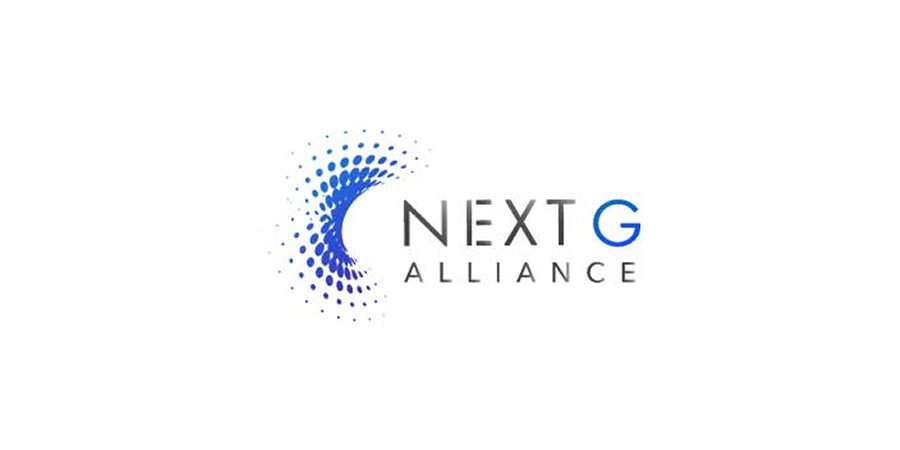The Alliance for Telecommunications Industry Solutions (ATIS) is showing a progressive stance in its objective to innovate the North American wireless technology landscape further. In line with this, leadership roles for Next G Alliance have been finalized alongside building the anticipated 6G Roadmap.
The Next G Alliance, consisting of 45 leading ICT companies within the United States and Canada such as AT&T, Bell Canada, Telis, Verizon, Ciena, Nokia, and Qualcomm Technologies, is now ready to take the next steps in preparation for the commercialization of 6G.
On the leadership front, Andre Fuetsch, Executive Vice President & Chief Technology Officer at AT&T will serve as chair of the Next G Alliance executive governing body, the Full Member Group (FMG), for two years. The FMG is responsible for setting the strategy and direction as well as organizational policies; approving strategic members in accordance with the mission of Next G Alliance; and addressing and resolving appeals.
“While innovation frequently occurs in response to market needs, long-term technology leadership takes strategic foresight and critical stakeholders committed to reaching the desired future state,” said Susan M. Miller, President and CEO, ATIS. “With its leadership set and work on both sustainability and the 6G Roadmap launched, the Next G Alliance is well-positioned to create a national vision for the next decade.”
Moreover, AT&T Assistant Vice President – Standards & Industry Alliances Brian Daly; Head of North American Standardization at Nokia, Devaki Chandramouli; and VMware Director, Edge & AI Ecosystems, Telco Cloud Business Unit, Benoit Pelletier have also been selected as the Next G Alliance Steering Group (SG) co-chairs. They will focus on identifying key North American research and development (R&D) needs, standards strategies, and market readiness policies.
As an initial priority, the National 6G Roadmap being developed will act as a foundation for future outputs, delivering a common vision and destination point for achieving North American 6G wireless leadership. Anticipated to be released by 2021, this will define what is needed for a successful 6G deployment on a holistic approach. In detail, it will point out the research needs, technology developments, service and application enablers, policies and government actions, and market priorities.
6G networks are expected to deliver huge advances in speed, capacity, and latency. Ideally, 6G will offer 100 times the capacity of 5G and will be able to support 10 million devices per square kilometer.
In an interview, Mike Nawrocki, VP of Technology and Solutions, ATIS, envision 6G in North America in the future as an infrastructure building on certain capabilities of 5G. “There will be less of a division between different vertical markets, like transportation, healthcare, energy, all those things really start to be woven together by 6G solutions.”










